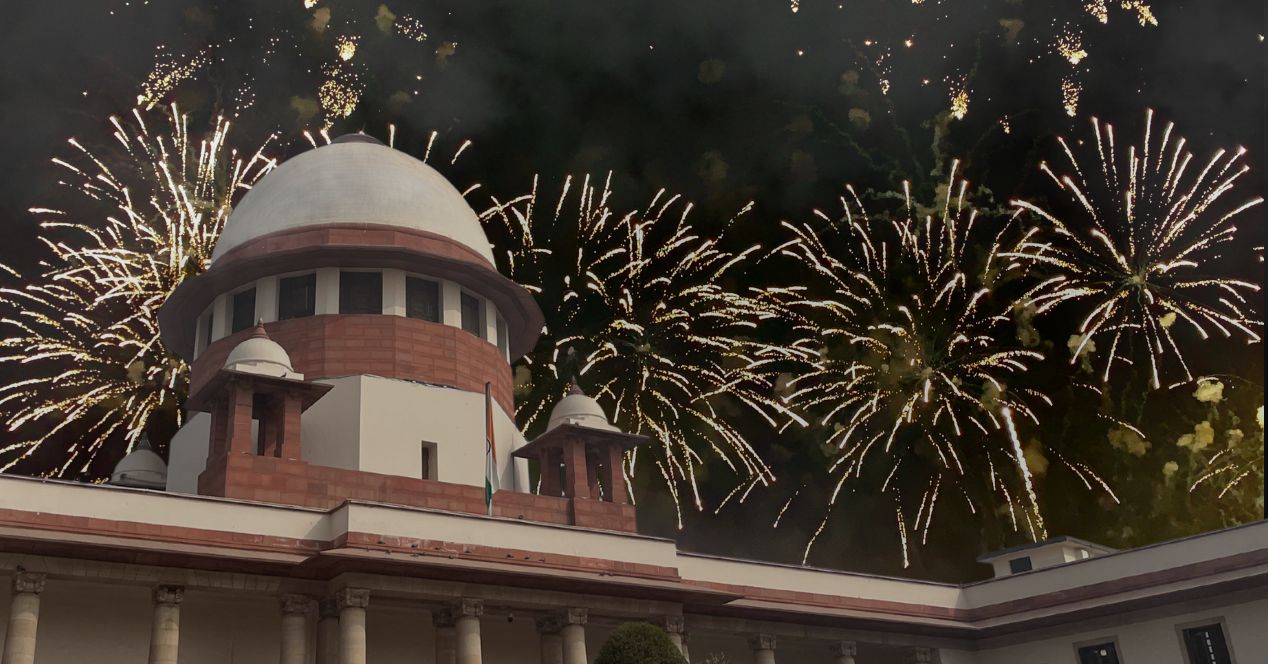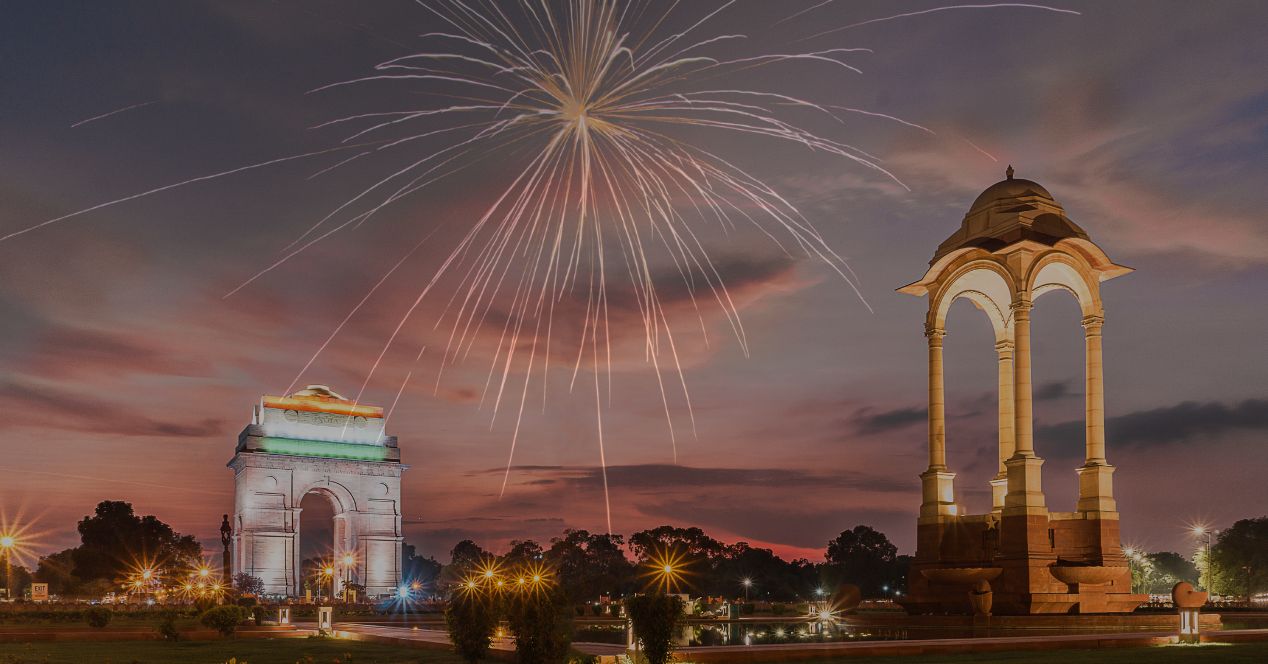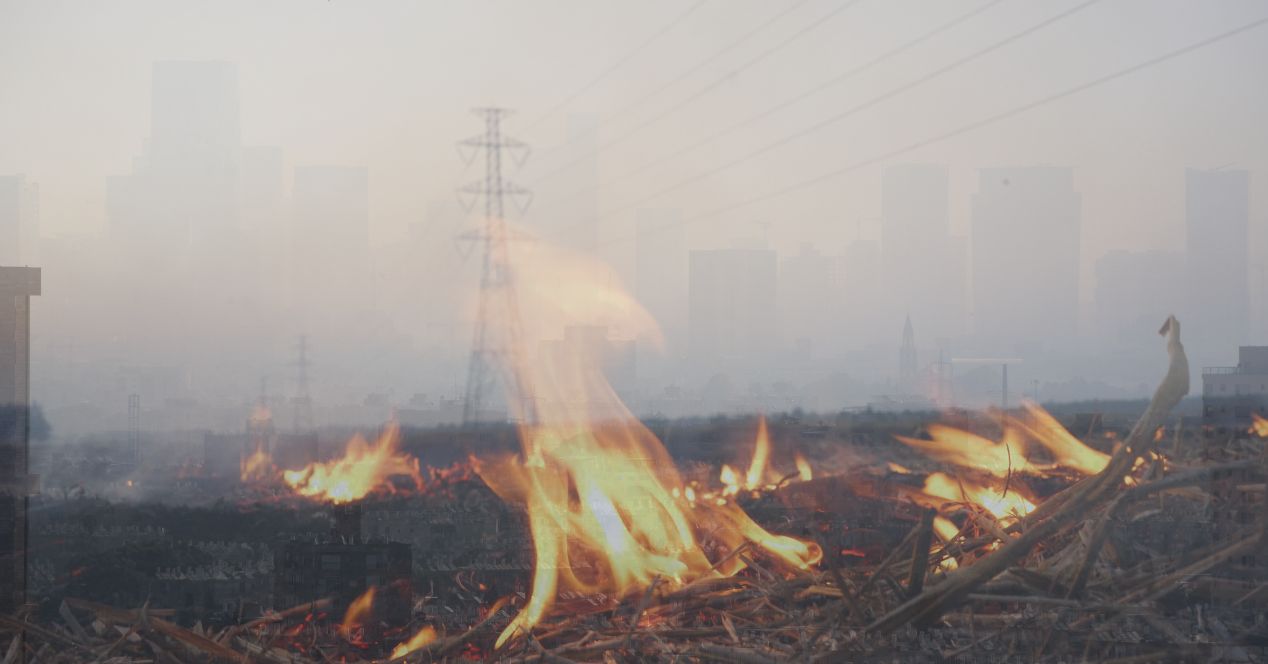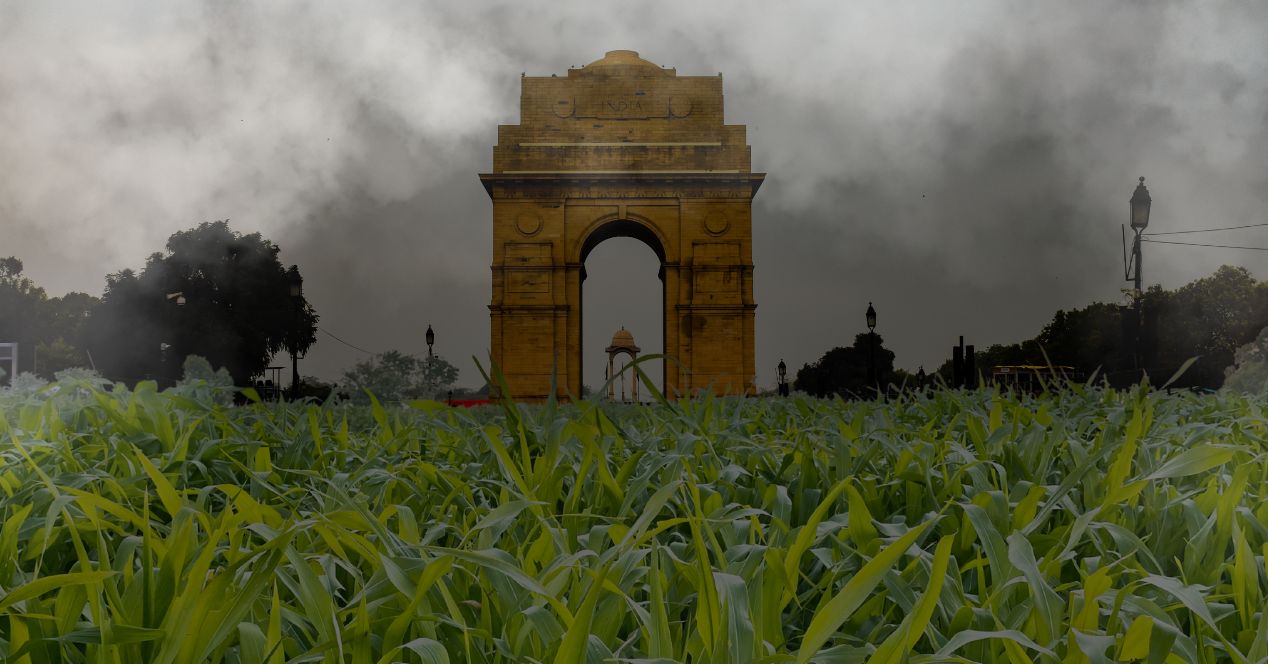Analysis
The annual haze
This year, the SC tweaked its approach to firecrackers from prohibition to regulation. Early signs suggest that the ‘test’ may have failed
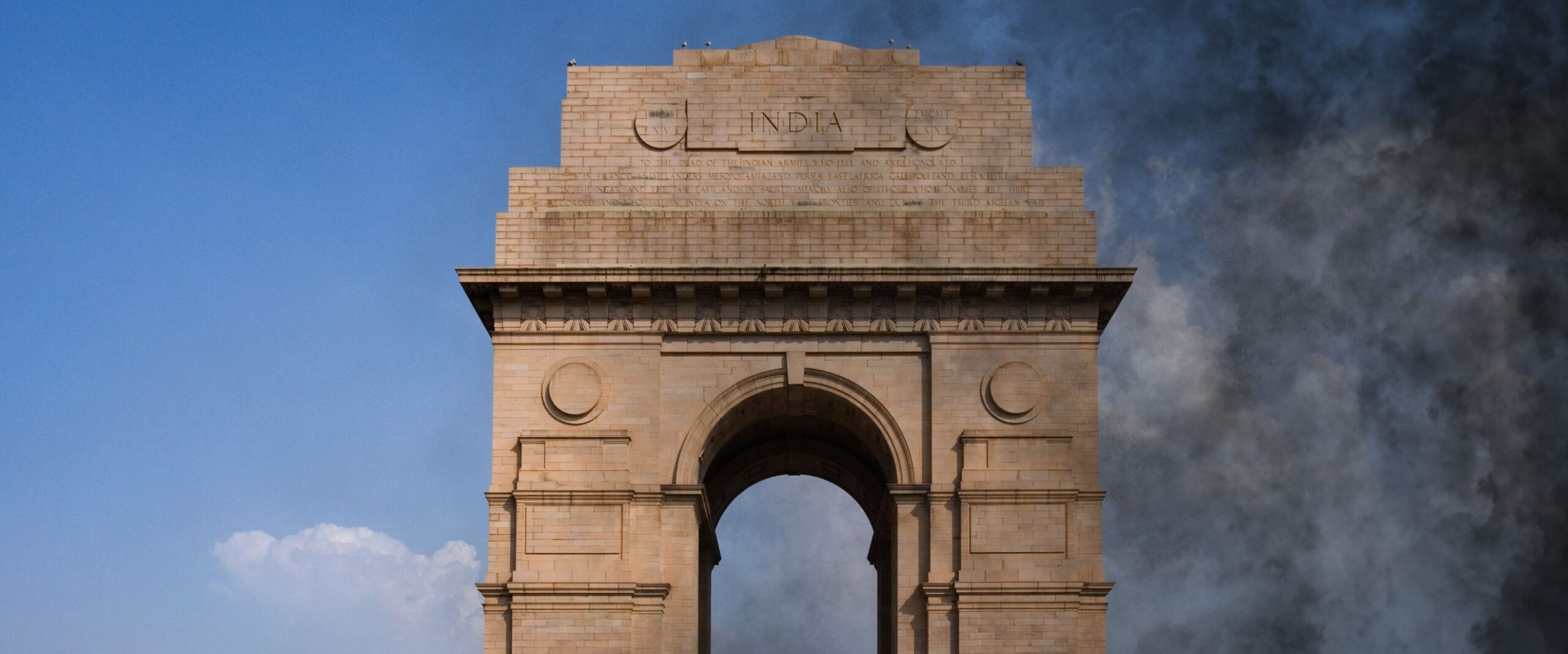
Every autumn, as Diwali approaches, the National Capital Region braces for the familiar spike in the ambient concentration of particulate matter (PM 2.5) and other pollutants. For the last many years, we’ve seen another familiar pattern play out: the Supreme Court is asked to decide on the use of firecrackers, after which it comes up with directions that some citizens flout without any consequences.
This year, though, the Court has tried a slightly different approach. Instead of an outright ban on crackers, a Bench of Chief Justice B.R. Gavai and Justice K.V. Chandran ordered the sale and use of certified ‘green’ crackers in Delhi-NCR for a limited period (18 to 20 October) at designated locations during defined time-slots (6-7am and 8-10pm).
The Bench based its permissive stance on the fact that complete bans have not yielded a sustained improvement in the Air Quality Index (AQI). Further, the Court justified regulation—as opposed to prohibition—on the ground that it was not entirely clear, from a scientific point of view, how ‘green’ crackers contributed to the thicket of winter smog in Delhi. Its “balanced approach” considered the cultural and economic aspects of Diwali celebrations and the right to a clean environment under Article 21. The Court also directed the Central and State Pollution Control Boards to monitor air quality, and conduct water and soil sampling between 14 and 25 October.
Yet, days after Diwali, the signs are troubling. Reports suggest that the AQI has predictably climbed into the “very poor” and even “hazardous” brackets, with a PM2.5 reading of 442—well above World Health Organisation norms—in several places. Delhi has been temporarily ranked as the most polluted major city in the world. Large quantities of conventional crackers have been seized. Criminal complaint data shows over 175 FIRs filed across 15 police districts, with a majority relating to the bursting of crackers outside the permitted window.
In the wake of the Court’s Order on 15 October and in the run-up to Diwali, scientists had warned that the sheer volume of cracker-bursting in the region offset the “30 percent less-polluting” characteristic of ‘green’ crackers. This view was echoed by Senior Advocate Uttara Babbar, the amicus curiae in the case. Even Justice A.S. Oka, who was hearing the Delhi air pollution case before his retirement in May this year, didn’t think much of the “30 percent less polluting” claim. Our coverage of a 3 April hearing records Justice Oka as saying that there is “nothing green about these crackers” and that the “only solution is to come up with crackers that have zero emission.”
While the Court’s latest Order recorded Babbar’s suggestion that the Commission for Air Quality Management (CAQM) be asked to collate reports from stakeholders including health professionals, it didn’t pass any directions to that effect. News reports suggest that the contribution of stubble burning to pollution has been limited so far, after a prolonged monsoon has delayed paddy harvesting in the neighbouring states.
Admittedly, the Court had compelling reasons to attempt a different approach. It relied on precedent like Arjun Gopal v Union of India (2018) to support its observation that an outright ban may drive the market underground, encourage smuggling of conventional crackers and make enforcement even more unwieldy. It has also taken a step towards bolstering the evidentiary basis of future orders by commissioning the monitoring reports from the Pollution Control Boards.
However, while the Court has not deviated from the ‘precautionary principle’ this year, it may have blunted its prophylactic effect. The ‘precautionary principle’ suggests that if an activity can potentially cause irreversible damage to human health (respiratory disease, in this instance) or the environment, a lack of complete scientific certainty cannot justify postponing protective measures.
It’s hard to shake off the feeling that mere regulation may not quite cut it. The proof is already blowing in the winds. The haze that has enveloped the city and the spike in respiratory cases suggest that the Court may have ceded ground instead of defending it.

